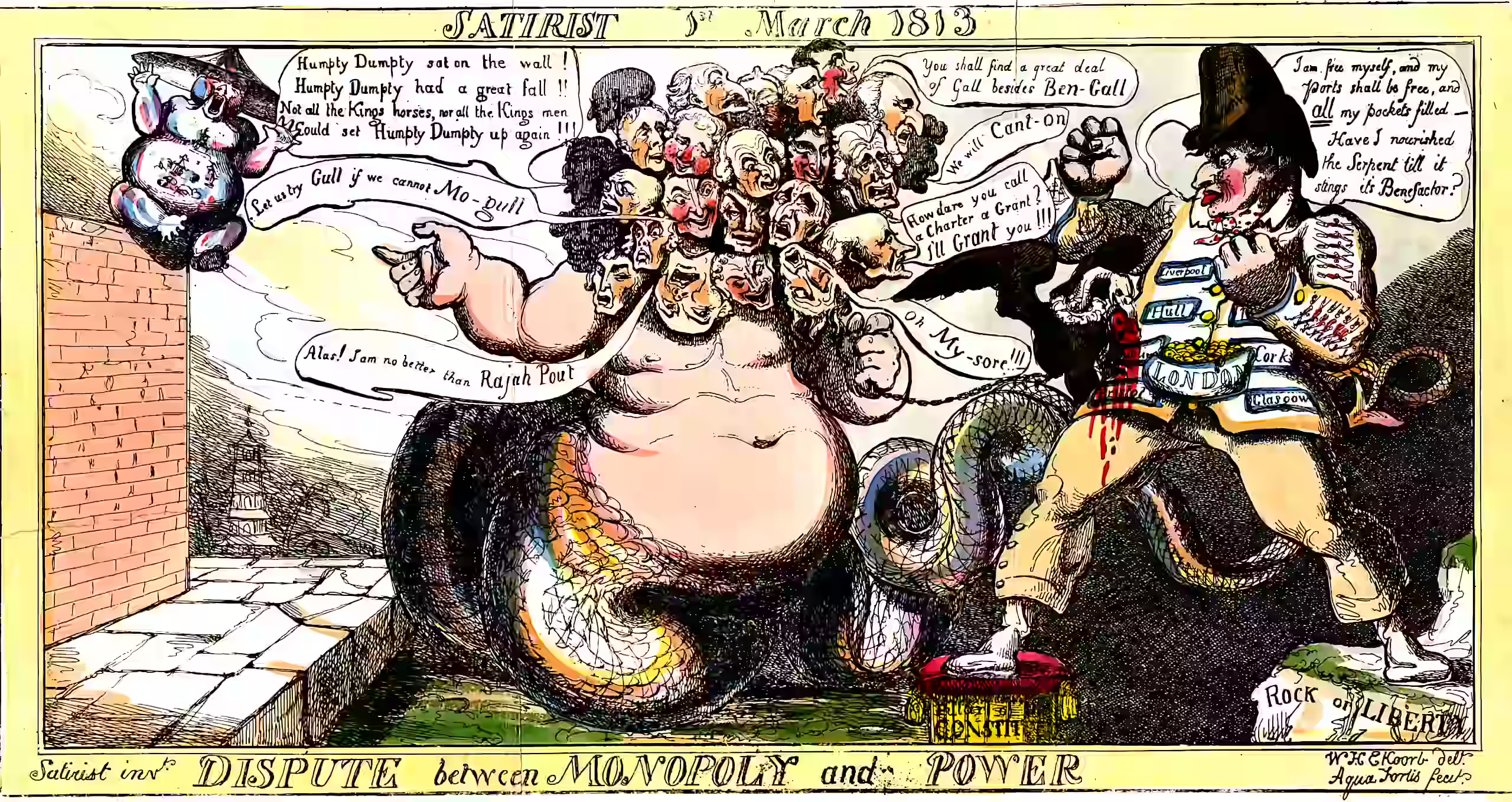Navigating large organisations
Applied bureaucracy
2020-01-25 — 2024-06-07
Wherein methods for taming bureaucracy in large organisations are set forth, including keeping work parallel and employing 360° reviews and off‑the‑shelf feedback tools to surface coordination friction.
Practical tips for navigating bureaucracy in a large organization. Related: Teamwork, Leadership.
1 Teams versus organisation
Teams are the small work units of organisation. I think the dynamics at that scale are different enough to warrant a separate treatment.
Keep the work parallel, the groups small, and the resources local.
When presented with a set of problems which grow superlinearly intractable as \(N\) increases, our best bet is to keep \(N\) small. If the organization’s intent is to increase value delivery by hiring more people, work efforts must be as independent as possible…
See teamwork.
2 Interesting governance ideas
Loomio argues that community governance models of distributed democracy can work with even corporates.
- The future of management is teal advocates Laloux and Wilber (2014)
- Teal organisation on Wikipedia
- Loomio - better decisions together
- Holacracy (Robertson 2016) also sounds interesting
3 Measuring employee performance and wellbeing
Hanna Price disambiguates performance and 360º feedback:
Performance feedback is:
- Intended to help a manager measure or assess how someone has done (looking back)
- The audience is the manager. The performance feedback goes directly to the manager and is often not shared in raw form with the employee.
- This type of feedback has implications for how you are evaluated — which most likely lead to pay or comp decisions.
360 feedback is:
- Intended to help an individual understand what they should keep doing and where they can improve (looking forward).
- The audience is the individual. 360 feedback is designed to go directly to the individual, perhaps via a coach, written for the individual and NOT the manager.
- This type of feedback might help inform learning opportunities and where to invest development budget. It also helps individuals learn more about opportunities for growth and development.
3.1 360º reviews
a.k.a. multi-rater feedback. 360º performance appraisal can require feedback from multiple sources, including supervisors, peers, subordinates, and even customers.
In many workplaces, your job is contingent upon your boss, your subordinates and your peers all finding you easy to work with. Like all systems this can be gamed, but having seen it make a positive difference to many colleagues, I think such information flows are net positive on average. Without such multidimensional information channels, managers are incentivised to control information by gaining power and silencing dissent, which is a bad incentive to foster in an organisation. 360º introduce an interesting combination of transparency and anonymity (typically the co-workers can opt to remain anonymous).
Potentially useful for many reasons, but in practice it seems especially useful in organisations where people in authority have the power to insulate themselves from their subordinates’ feedback.
There is a lot of literature about how to conduct such reviews. I personally would not bother, since they are tricky to get perfect and there are off-the-shelf solutions available for your 360º needs.
The US military has studied this a bit (Kane 2017; Lee 2015)
Center for Organizational Effectiveness > Multi-Rater 360 Feedback
Marcus Buckingham bombastically advises best-practice survey design for such reviews:
[…] Although you are not a reliable rater of my behavior, you are an extremely reliable rater of your own feelings and emotions. This means that, although you cannot be trusted to rate me on “Marcus sets a clear vision for my team,” you can be relied upon to rate yourself on a statement such as “I know what the vision of my team is.” Likewise, while your ratings of me on “Marcus is a good listener” are bad data, your ratings of you on “I feel like my opinions are heard” are good data. This is true for any statement crafted so that it is asking you to rate you on you.
So, to create a reliable 360 survey, all you need do is cut out all the statements that ask the rater to evaluate others on their behaviours, and replace them with statements that ask the rater to evaluate himself on his own feelings.
Citation needed.
Peiperl (2001)
3.2 Objectives Key Results framework
An organisational transparency/alignment tool to show how individual efforts are fitting into overall goals.
3.3 Feedback as a service
There is a whole industry around off-the-shelf tools to track team dynamics and individual performance:
Disclosure: Friends and family of mine have worked for CultureAmp.
4 Team dynamics
See teamwork.
5 Office layouts
See ergonomics.
6 Hacking large organisations
Nitze’s Hack Your Bureaucracy / review Nitze’s (Nitze and Sinai 2022)
Yudkowsky’s Inadequate Equilibria is an attempt to turn this around. Rather than arguing that the victory of Moloch is inevitable, it suggests flanking manoeuvres, even some that you can do alone. Zvi’s commentary on chutzpah has been commended to me as substitute replacement for the chapters 6 and 7 of that book.
Martin Lindstrom, Why Organizations Are Drowning In Bureaucracy And ‘Nonsense’ And How Common Sense Can Change That, from Ministry of Common Sense.
7 Incoming
Alex Komoroske, On Schelling Points in Organizations
Alex Komoroske, Coordination Headwind - How Organizations Are Like Slime Molds
Detecting sources of friction:
- Kyle Polich, Proposing Annoyance Mining
Perhaps it would be better to wonder how we could design better incentives to avoid organisational waste?

